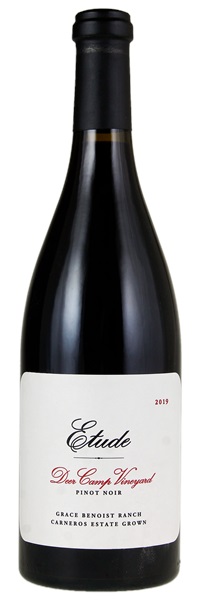Estimate

...hints of crushed stone accent black cherries on the nose, while the medium to full-bodied palate is supple and plush, big yet cuddly, with a touch of mocha on the lingering, silky finish.
Juicy and ripe, this is still a bit reserved now and should unfurl its range of cassis, cherry and raspberry coulis notes in due time, while the backdrop of black tea, mineral and savory bramble details offers ample reserves for the wait.